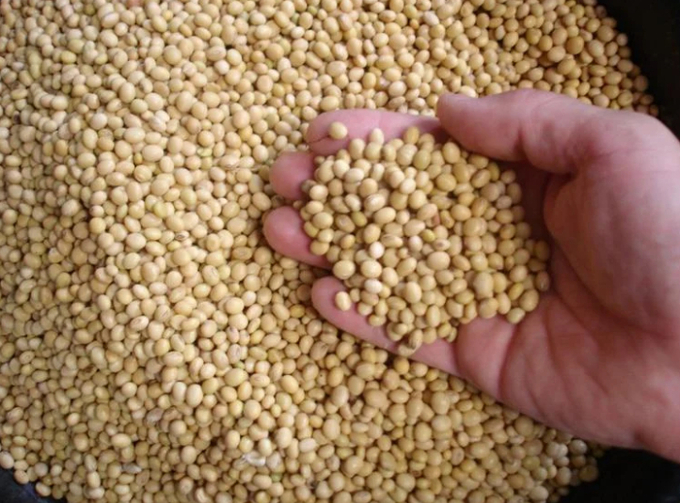November 10, 2025 | 21:59 GMT +7
November 10, 2025 | 21:59 GMT +7
Hotline: 0913.378.918
November 10, 2025 | 21:59 GMT +7
Hotline: 0913.378.918

Source: Wikimedia Commons.
Joana Colussi, a postdoctoral researcher in the Agriculture and Economics Department at the University of Illinois, talks about the crop prospects in Argentina.
“Let’s start with the soybean season. So, at the beginning of December, over 60 percent of the soybeans were planted in Argentina. The soybean planted area is expected to grow by seven percent in the current crop season to 44 million acres. That could be the largest expansion in soybean planting season since 2016, and production is projected to reach almost two billion bushels, a six percent increase.”
Colussi, a South American native, says corn disease is a big reason for the increase in Argentina’s soybean planting.
“The primary factor behind this increase in soybean production is the impact of the corn stunt disease. Last season, corn faced significant losses due to the bacteria spread by the leaf hopper pest, which stunts crop growth. So, many farmers lost their entire corn crop to the disease, making them particularly cautious this season. That's the reason Argentina's corn planted area is projected to decrease by 25 percent. That's equivalent to six million acres, and this would mark the largest relative drop in corn acreage in 17 years.”
Choosing acres for corn or soybeans in Argentina is a different process than in Brazil.
“Unlike Brazil, soybeans and corn share the same planting periods in Argentina, competing for the same growing area. When farmers increase the soybean areas, as a consequence, they will decrease their corn area, and they decided to do that this year because of this concern around the corn stunt disease.”
KMA

(VAN) The Vietnamese tilapia industry is only in the initial stages of export, yet its growth potential remains vast. To reach further, it needs to focus on breed stock, technology, and deep processing.
/2025/11/08/3402-1-212706_176.jpg)
(VAN) Viet Nam's fruit and vegetable exports continued to reach an extremely high turnover in October. With this growth momentum, the sector is expected to set a new milestone of USD 8.5 billion in 2025.
/2025/11/08/4950-1-163820_289.jpg)
(VAN) During the 2021–2025 period, Viet Nam's agro-forestry-fishery processing industry has made remarkable progress, achieving an average growth rate of 8%/year.

(VAN) Over 80 years, Vietnamese rice has journeyed through half a century to become a symbol of knowledge, resilience, and the new nation’s agriculture stature.

(VAN) The traders estimated that the lowest price in the tender, closed on Thursday by Bangladesh's state grain buyer, to buy 50,000 metric tonnes of rice was $355.59 per metric ton CIF, liner out.

(VAN) The information shared by Dr. Ngo Xuan Nam, Deputy Director of Viet Nam Sanitary and Phytosanitary Notification Authority and Enquiry Point (SPS Viet Nam), on October 30 during a conference on food safety regulations.

(VAN) Viet Nam mainly exports raw Bat Do bamboo shoots for deep processing, so premium products appear only on dining tables in Japan and Taiwan.